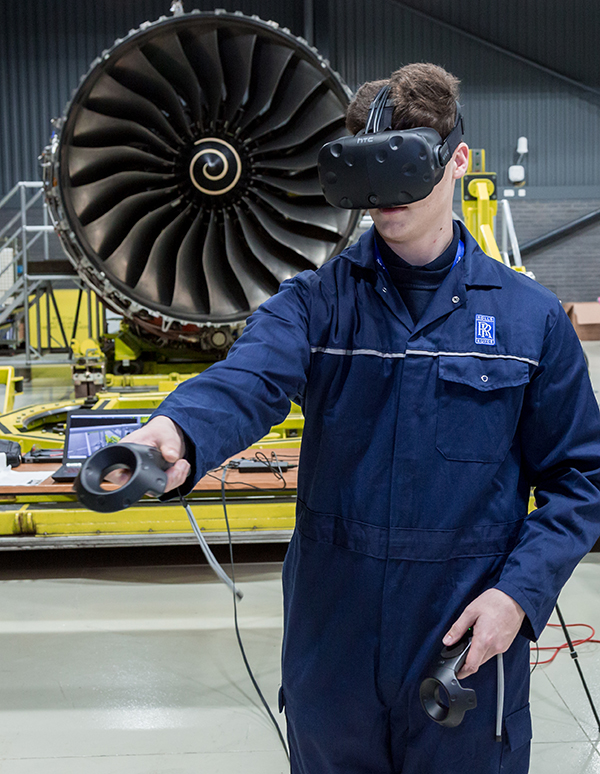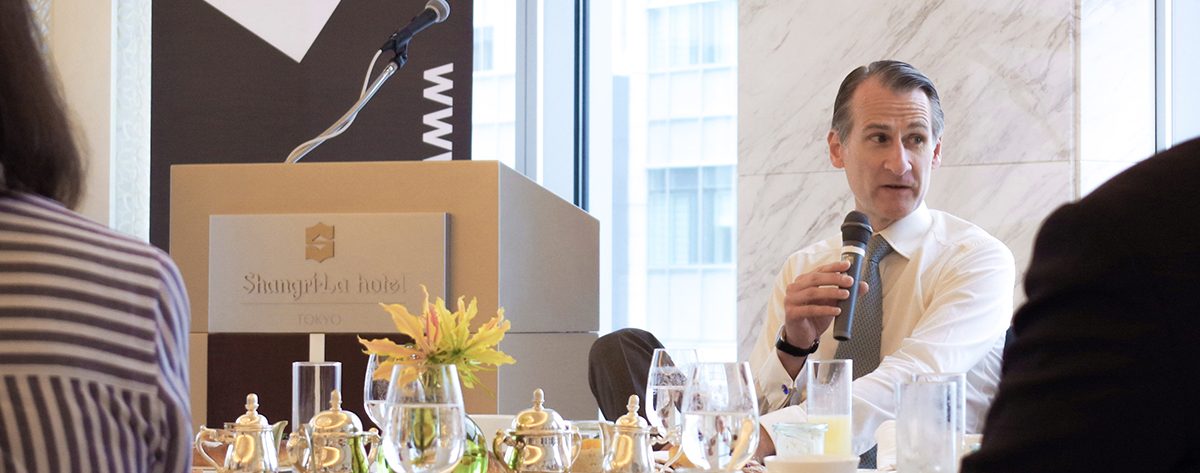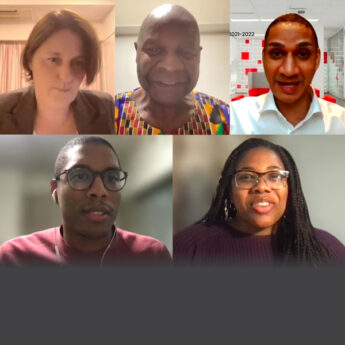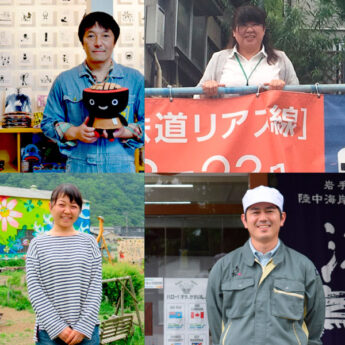With a history in Japan spanning more than a century, British industrial technology firm Rolls-Royce has operations in Tokyo, Osaka, Nagoya and Kobe, and collaborates closely with Japanese heavy industry firms to design and manufacture an array of gas turbine components.
On 7 June, the British Chamber of Commerce in Japan (BCCJ) hosted a breakfast meeting with Rolls-Royce Strategic Marketing Director Ben Story, who shared updates from Rolls-Royce headquarters in London. Topics included the future of the UK–Japan and EU–Japan business landscape and his views on Brexit.
In her opening remarks, BCCJ Executive Director Lori Henderson said: “Ben Story has more than 25 years of investment banking experience, working with clients around the world on privatisations, M&A, restructurings, equity raisings and financings. Throughout most of his career, he has focused on the industrial sector, including aerospace, defence and transport”.
During the event, Story highlighted two key trends:
- Digitalisation
- Electrification
Utilising both trends to its advantage is part of Rolls-Royce’s strategy for the future, and he explained how the firm aims to do so.

Trant XWB virtual-reality engine training.
PHOTO: ROLLS-ROYCE PLC
Digital first
Rolls-Royce’s unwavering commitment to be at the forefront of cutting-edge technology is one reason the firm has ventured into digitalisation. “That’s something that’s dear to my heart, because I’m responsible for that at Rolls-Royce. We are shifting from being a physical to digital company”.
In 2017, for example, Rolls-Royce partnered with Indian multinational Tata Consultancy Services Limited (TCS), which provides information technology and business solutions for its clients, to develop a new digital solution for Rolls-Royce. But TCS is just one of more than 650 firms in the Rolls-Royce digital ecosystem—a curated network of start-ups and technology firms the company has built over time. This partnership approach optimises customer service and accelerates breakthrough opportunities. One way in which Rolls-Royce is using digitalisation to improve quality is through what the firm calls a “digital twin”—a digital replica of an engine.
“We can actually manufacture digitally before we manufacture physically,” said Story. Among many things, Rolls-Royce uses the digital twin to predict engine behaviour in extreme conditions and to improve prototypes prior to creating a physical model. “We have achieved an alert accuracy of 96%, allowing us to accurately predict what will happen in an engine before it happens for a number of scenarios. We’re trying to get that number higher and higher, and we can manufacture goods completely digitally—in the sense that we can describe exactly what the outcomes will be”.
With each physical engine costing tens of millions of pounds to build and test, Rolls-Royce cherishes sustainability and efficiency.
Pioneers of power
While electrification—the trend across industry of utilising greater amounts of components run from electrical power rather than thermo-mechanical power—is not a cure for climate change, a reduction in carbon emissions can help, and Rolls-Royce is persistently seeking environmentally friendly energy alternatives.
About fostering a sustainable future, Story said: “We call ourselves pioneers of power. If you look at what pioneers do, pioneers love big challenges. There’s nothing that engineers or technologists like more than big challenges. And, we’ve always risen really well to challenges at Rolls Royce”.
One such challenge Rolls-Royce is currently tackling is climate change.
“If you think about the biggest challenge facing the Earth at the moment, it is global warming,” said Story. Rolls-Royce is pushing boundaries towards microgrid electrification, a promising alternative to generating and preserving energy. The firm is keen on the idea of microgrids—a localised grid comprising energy resources.
“We are moving towards being a microgrid company,” said Story. “We are creating real capability. We are generating supply chains and relationships which will sustain us in the aerospace business among other markets in the years to come. That’s a big trend for us in electrification, and that is affecting all of our business”.
Rolls-Royce’s strategy to champion electrification is seen in its Accelerating the Electrification of Flight (ACCEL) initiative, which is working on developing the world’s fastest all-electric-powered, zero-emission aircraft with a target speed of 480kph and a range of more than 320km.
Another project, being undertaken in partnership with Siemens and Airbus, is the E-Fan X programme, which aims to create a hybrid-electric technology flight demonstrator. Rolls-Royce is responsible for the turboshaft engine, 2MW generator and power electronics. Both aircraft are expected to take flight in 2020.

Children learned about engineering from Rolls-Royce at the Big Bang Fair 2018 in Birmingham. PHOTO: ROLLS-ROYCE PLC
Beyond Brexit
Amid the uncertainty of Brexit, Story shared his insights about the vote to leave the European Union and its impact on Rolls-Royce. “If you look at Brexiteers, there are, no doubt, a large majority of people in the UK who feel globalisation hasn’t helped them or has left them behind. A lot of people forget that there’s a big chunk of Brexiteers who want to be in the world more and want the UK to be more open,” he explained. “The majority of people in the UK are internationalists and are open. People are misreading it; they think that half of the UK is inward and closed. It’s not”.

PHOTO: ROLLS-ROYCE PLC
In terms of the potential impact on Rolls-Royce, Story said: “The UK has been growing strong, and people are getting along with business day-in and day-out. We’re getting along with business. A lot of colleagues can’t believe the way businesses carry on with working, and we’re not panicking”.
And the numbers back him up. In 2018, Rolls-Royce recorded the highest annual sales in the firm’s 115-year history.







